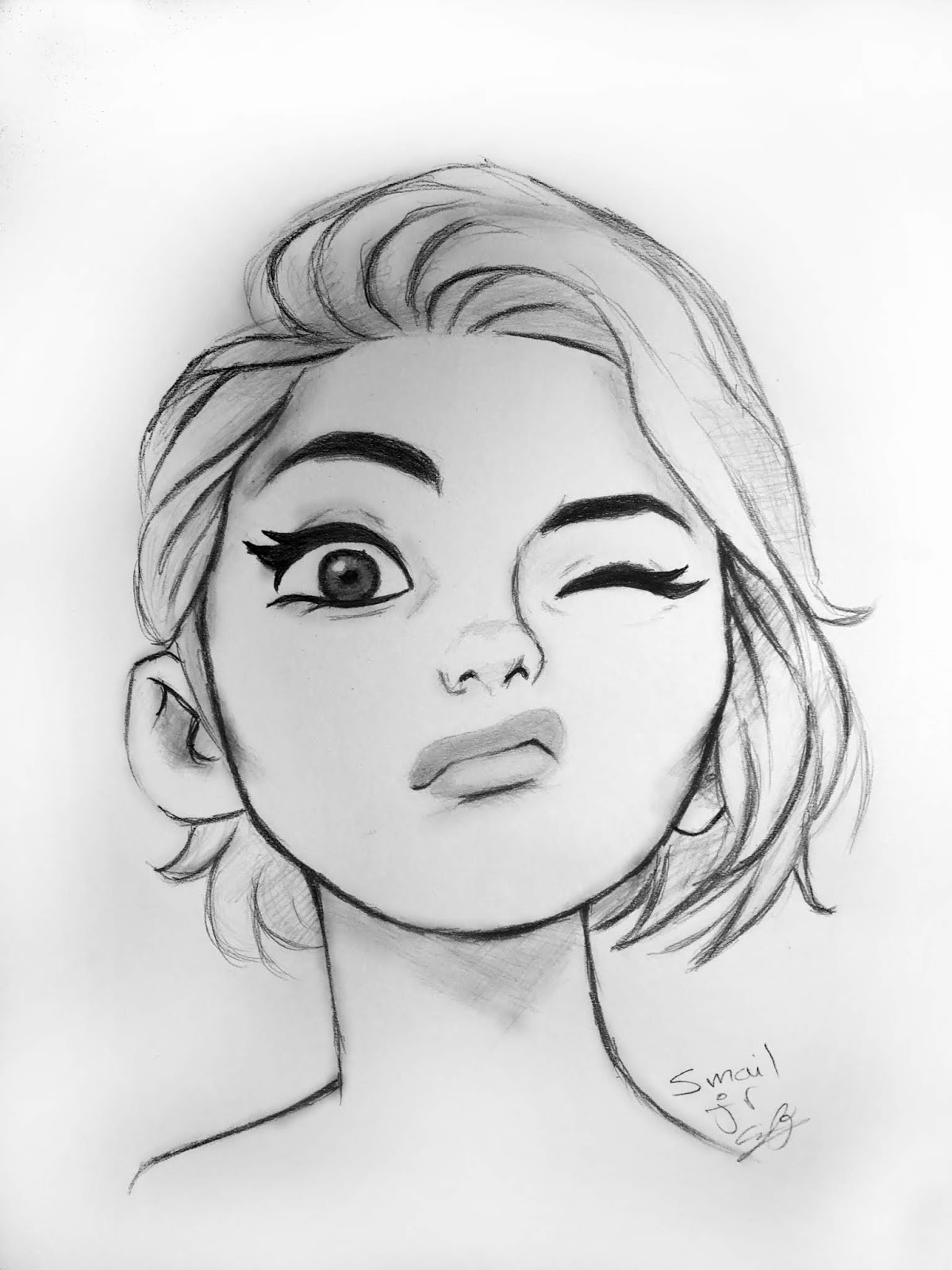10 tips for drawing a face
Table of Contents
Table of Contents
Have you ever found yourself struggling to draw a face? It’s a common struggle amongst artists, but fear not - I have some tips and tricks to share with you on how to improve your drawing skills and create realistic faces.
The Struggle of Drawing Faces
Many artists find it difficult to draw faces, as it requires a great deal of precision and attention to detail. The slightest mistake can easily throw off the entire drawing, leaving the final product looking less than realistic.
How I Draw Faces
When it comes to drawing faces, there are a few key techniques that I find to be highly effective. Firstly, it’s important to study the proportions of the face - such as the placement of the eyes, nose, and mouth - so that you can accurately replicate them. Secondly, shading is crucial for adding depth and dimension to the face; I like to use a variety of pencils to achieve different levels of shading. Thirdly, practice makes perfect - the more you draw, the better you will become.
Main Points
In summary, when it comes to drawing faces, it’s important to focus on the proportions of the face, shading, and practice. By utilizing these techniques, you’ll be well on your way to drawing realistic and portrait-worthy faces.
The Importance of Proportions in Drawing Faces
When it comes to drawing faces, proportions are everything. Take a look at a few reference images and study the placement of the eyes, nose, and mouth - this will help you to create a base for your drawing. Once you have the basic proportions down, you can start adding in details such as the ears, eyebrows, and hair.
Personally, I like to start with a pencil sketch of the basic proportions before diving in with shading and details. This helps me to ensure that everything is placed correctly before I start adding in more intricate details.
 The Power of Shading in Drawing Faces
The Power of Shading in Drawing Faces
One of the biggest challenges in drawing faces is adding depth and dimension. That’s where shading comes in - it’s a crucial technique for making a flat drawing appear more three-dimensional.
When I’m shading a face, I like to use a range of pencils - from light to dark - to create different levels of shading. I also pay close attention to the lighting in the reference image and use that as a guide for where to add in highlights and shadows. By carefully observing the reference image and using shading to add depth, you can create a truly realistic piece of art.
 ### Practice Makes Perfect
### Practice Makes Perfect
Of course, the more you practice drawing faces, the better you’ll become. It’s also helpful to study the work of other artists and see how they approach face drawing - this can help you to pick up new techniques and improve your own skills.
One way to practice is to draw from real-life references, such as photographs or live models. You can also practice drawing different facial expressions and angles to improve your versatility as an artist.
 FAQs About Drawing Faces
FAQs About Drawing Faces
Q: What pencils do you use for shading?
A: I like to use a range of pencils - from light to dark - to create different levels of shading. My go-to pencils are typically a 2H for lighter shading, a B for mid-tone shading, and a 6B for darker shading.
Q: How do you make the face look three-dimensional?
A: Shading is the key to making a flat drawing appear more three-dimensional. By using a range of pencils to create different levels of shading, you can add depth and dimension to your face drawing.
Q: How long does it take to become good at drawing faces?
A: It varies from person to person, but generally speaking, practice makes perfect. The more you draw, the better you’ll become - so don’t give up!
Q: What are some common mistakes to avoid when drawing faces?
A: One common mistake is to make the eyes too big, which can throw off the proportions of the face. Another mistake is to make the skin tone too flat - make sure to add in plenty of shading to create depth and dimension.
Conclusion of How I Draw Faces
Drawing faces is a challenging but rewarding skill to master. By focusing on the proportions of the face, utilizing shading, and practicing regularly, you can create realistic and breathtaking pieces of art. Whether you’re a beginner or an experienced artist, there’s always room for improvement - so keep drawing and honing your skills!
Gallery
Realistic Face Drawing Step By Step

Photo Credit by: bing.com / realistic face drawing step draw tutorial ts don faces sketch tutorials hildurko drawings portrait choose board pencil
10 Tips For Drawing A Face - Art Starts

Photo Credit by: bing.com / face drawing tips draw faces drawings mask tuesday january posted paintingvalley samanthasbell
Cartoon Face Pencil Drawing - Smail Jr

Photo Credit by: bing.com / pencil drawing cartoon face cute drawings faces sketches speed
Easy How To Draw A Face Tutorial Video And Face Coloring Page

Photo Credit by: bing.com / proportion artprojectsforkids
10 Tips For Drawing A Face - Art Starts

Photo Credit by: bing.com / drawing faces tips face lines curve





